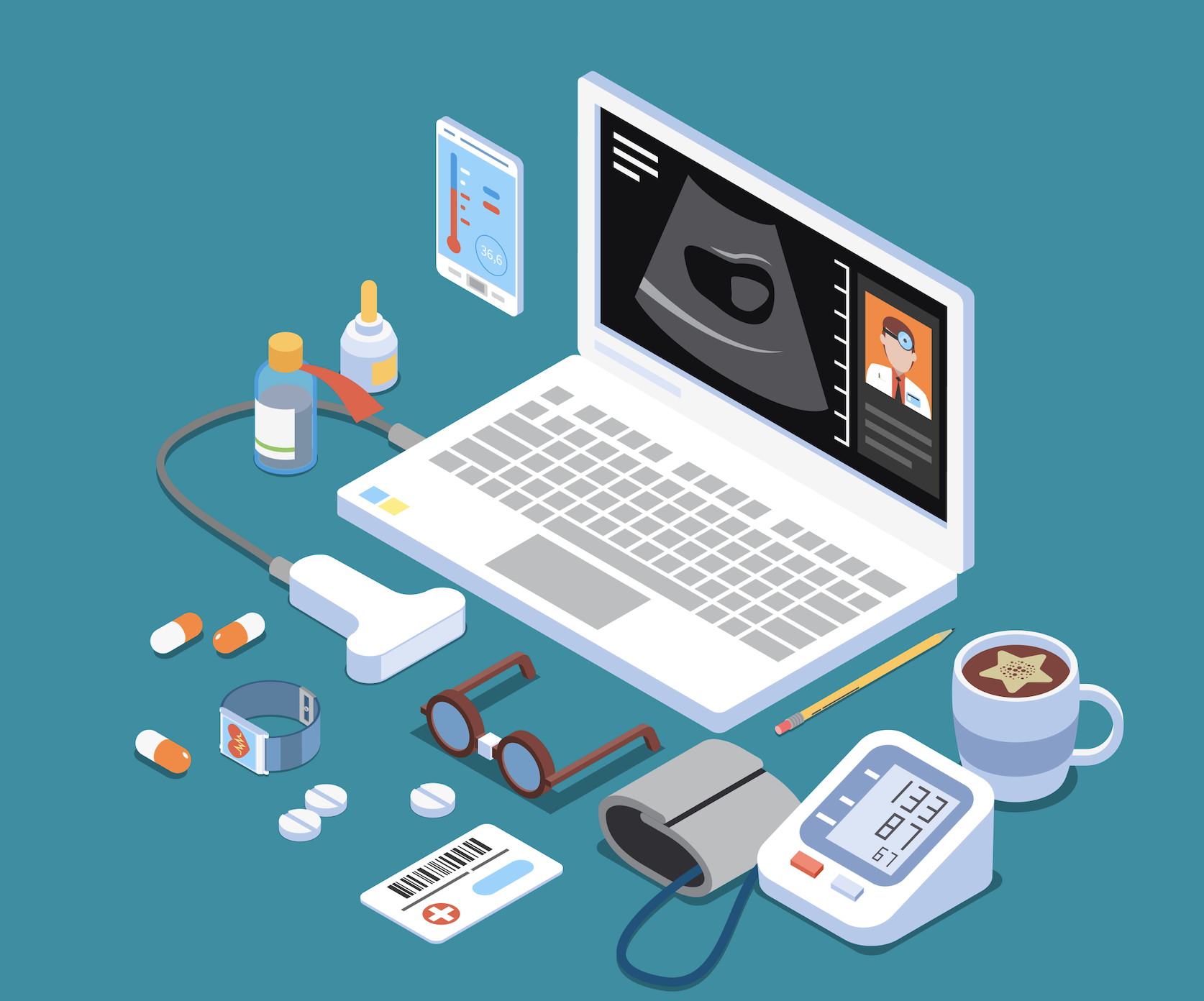Imagine a world where chronic health conditions no longer limit one’s ability to live life to the fullest. Thanks to advancements in technology, we are witnessing a revolution in healthcare with the integration of remote monitoring and the Internet of Things (IoT).
This powerful combination breaks barriers and allows patients to actively participate in their care by showcasing their progress to their doctors between visits.
In this blog, we’ll explore how remote monitoring and IoT,
- Transform patient-doctor relationships
- Enhance healthcare outcomes
- Empower individuals to take charge of their well-being
Understanding Remote Monitoring and IoT
Remote monitoring involves using technology to collect and transmit health-related data from patients to healthcare professionals, regardless of geographical distance.
IoT, on the other hand, refers to the interconnected network of devices that can share data over the internet.
Together, these technologies create a seamless ecosystem where healthcare data can be gathered, analyzed, and interpreted in real-time.
Benefits of Remote Monitoring and IoT
A) Continuous Monitoring
Traditionally, patients had to rely on periodic doctor visits to update them on their health status. However, with remote monitoring and IoT devices such as wearable fitness trackers, smartwatches, and home health monitors, patients can now continuously collect valuable health data, including heart rate, blood pressure, glucose levels, sleep patterns, and more.
B) Timely Intervention
Remote monitoring allows doctors to detect potential health issues early on.
By receiving regular updates, healthcare professionals can identify trends and intervene promptly if there are any signs of deterioration or exacerbation of a condition.
This can lead to quicker treatment adjustments, reducing the risk of complications and hospitalizations.
C) Personalized Care
With a more comprehensive and real-time view of a patient’s health, doctors can tailor treatment plans to individual needs. Personalized care,
- Improves treatment adherence
- Enhances overall patient satisfaction
- Results in better health outcomes
D) Empowering Patients
Remote monitoring and IoT put patients in the driver’s seat of their health. They can,
- Actively participate in their care
- Monitor progress
- Make informed decisions about
- Lifestyle changes
- Medication adherence
- Overall wellness
Remote Monitoring in Practice
- Chronic Disease Management
For patients with chronic conditions like diabetes, asthma, or hypertension, remote monitoring can significantly improve their quality of life.
Smart glucometers, inhalers, and blood pressure monitors allow patients to track their readings and share the data with their healthcare providers.
This data-driven approach enables doctors to adjust medications and treatment plans as needed, providing better disease management.
- Post-Operative Recovery
Following surgeries, remote monitoring can play a vital role in ensuring a smooth recovery.
IoT-enabled devices can track vital signs and mobility, alerting healthcare providers to any concerning post-operative developments promptly.
- Mental Health Support
Remote monitoring isn’t limited to physical health alone. IoT-enabled mental health apps and wearables can,
- Monitor stress levels, sleep patterns, and mood changes
- Help patients and their therapists track progress
- Adjust therapy approaches accordingly
- Addressing Privacy and Security Concerns
As with any technology that deals with sensitive personal data, privacy and security are paramount, healthcare providers must adopt robust security measures to safeguard patient information.
Data encryption, secure cloud storage, and adherence to relevant privacy regulations are crucial components of a reliable remote monitoring system.
Conclusion
Integrating remote monitoring and IoT into healthcare revolutionizes patient care by fostering a stronger patient-doctor partnership.
Remote monitoring transforms the healthcare landscape by empowering patients to showcase their progress between visits, allowing for more personalized and timely interventions.
Patients with chronic conditions can now lead healthier lives, recovering from surgeries has become smoother, and mental health support is more accessible than ever before.
As technology continues to evolve, we can expect even more innovative solutions that enhance patient outcomes and create a healthier world for all.

